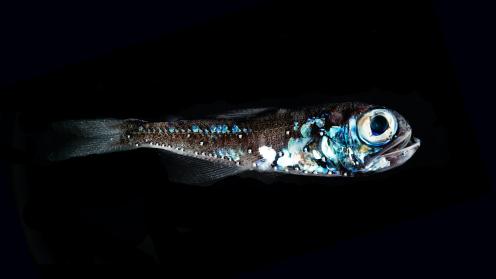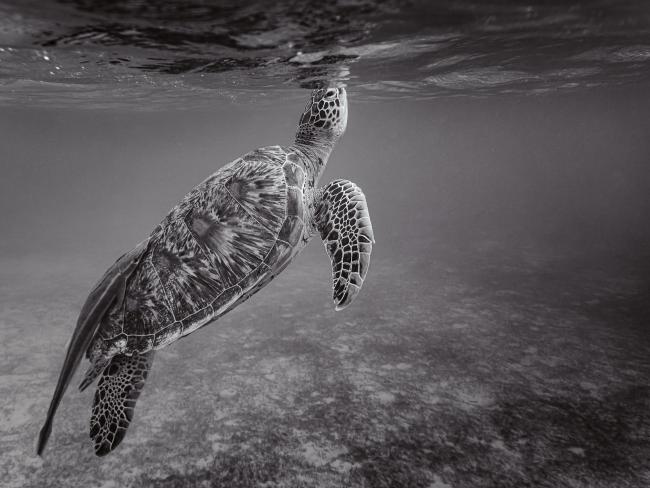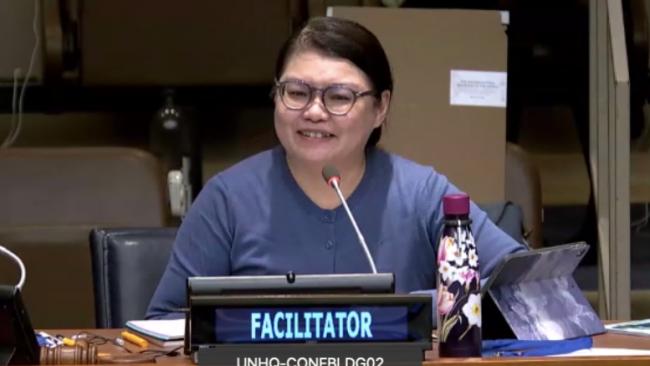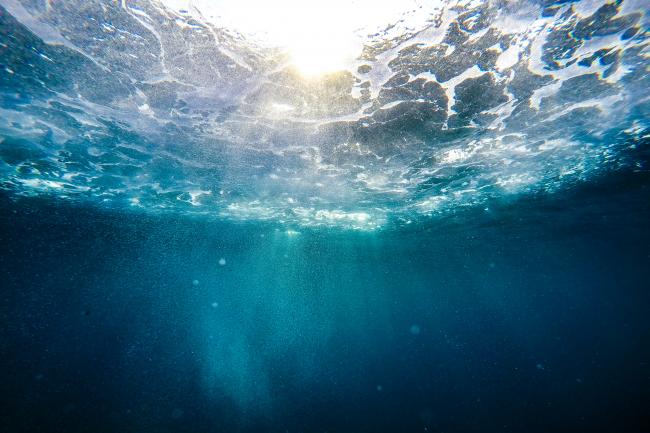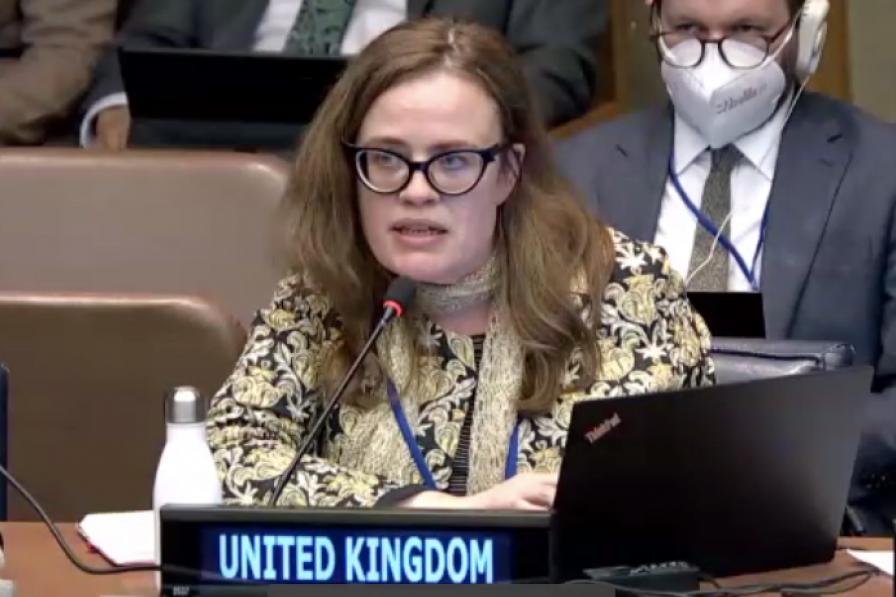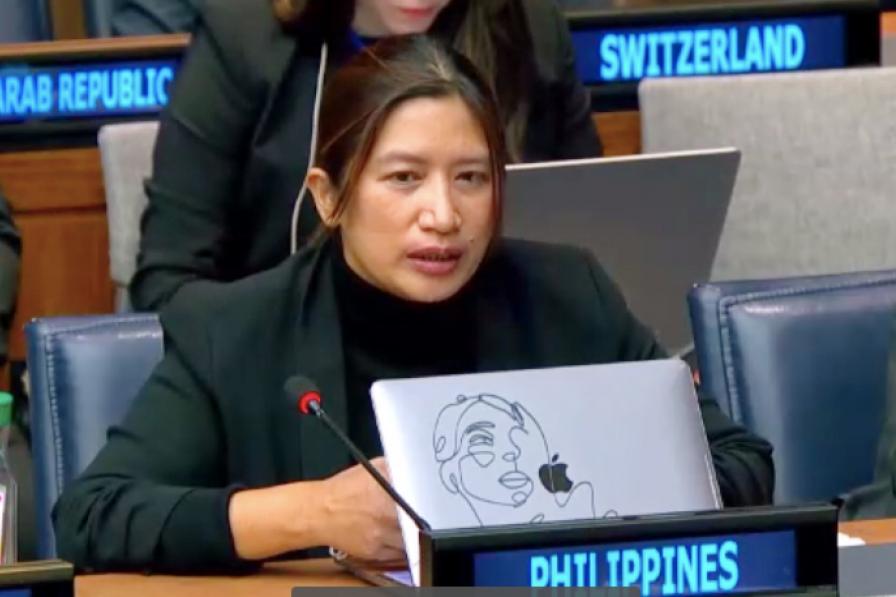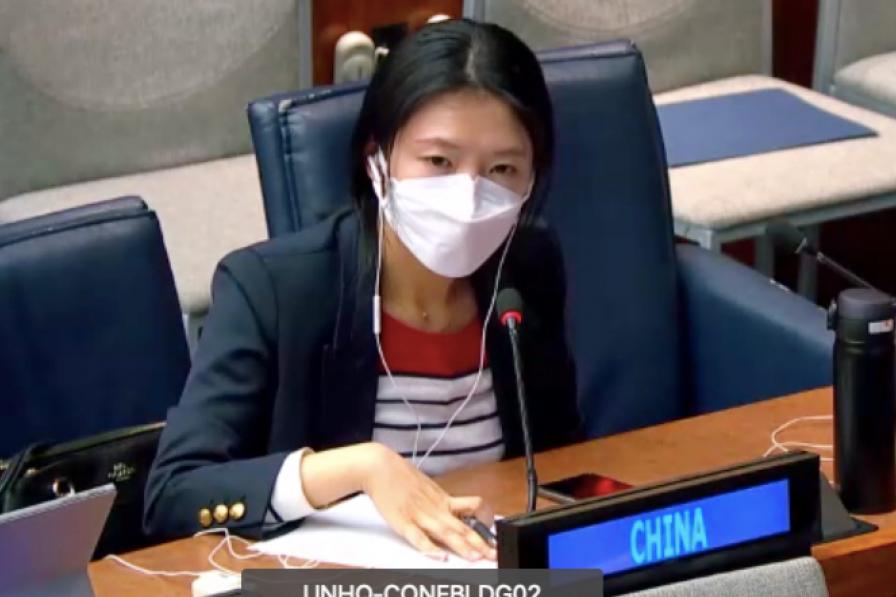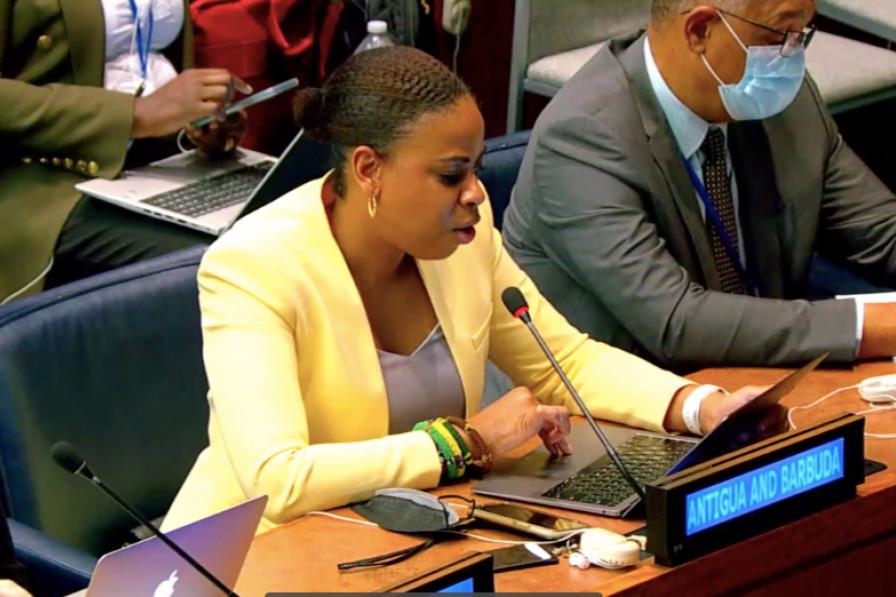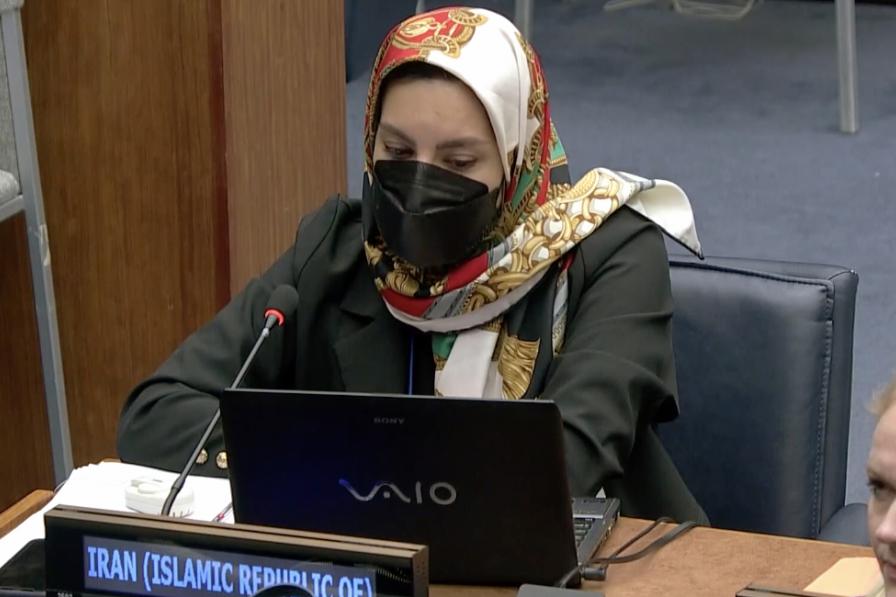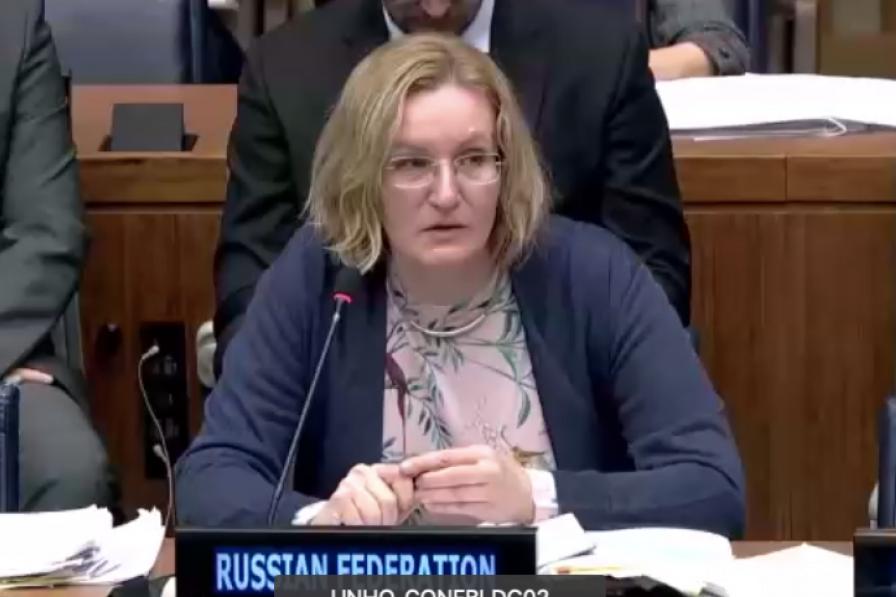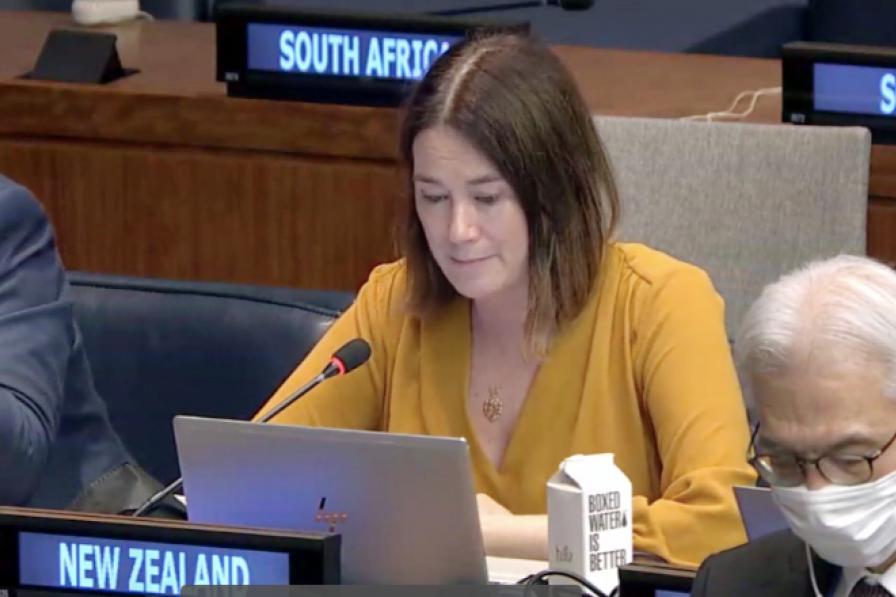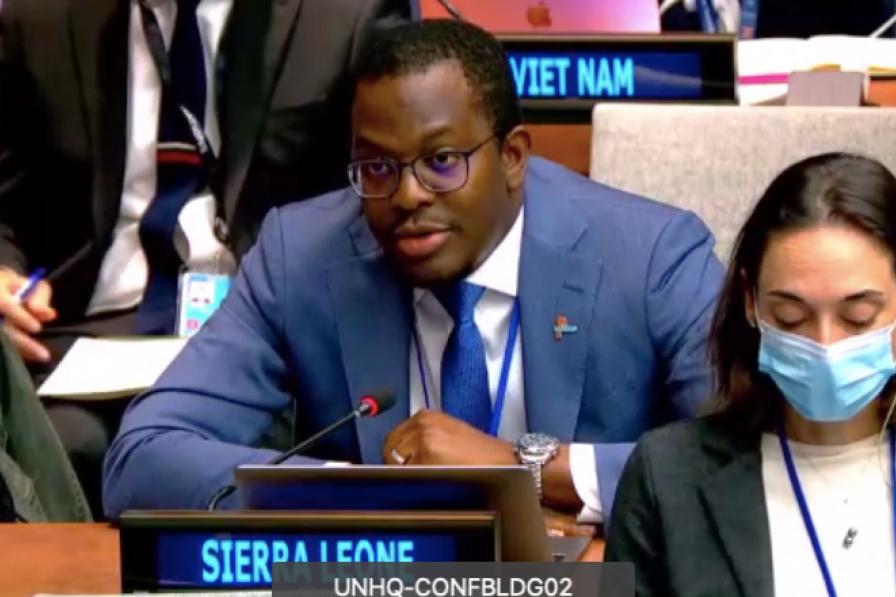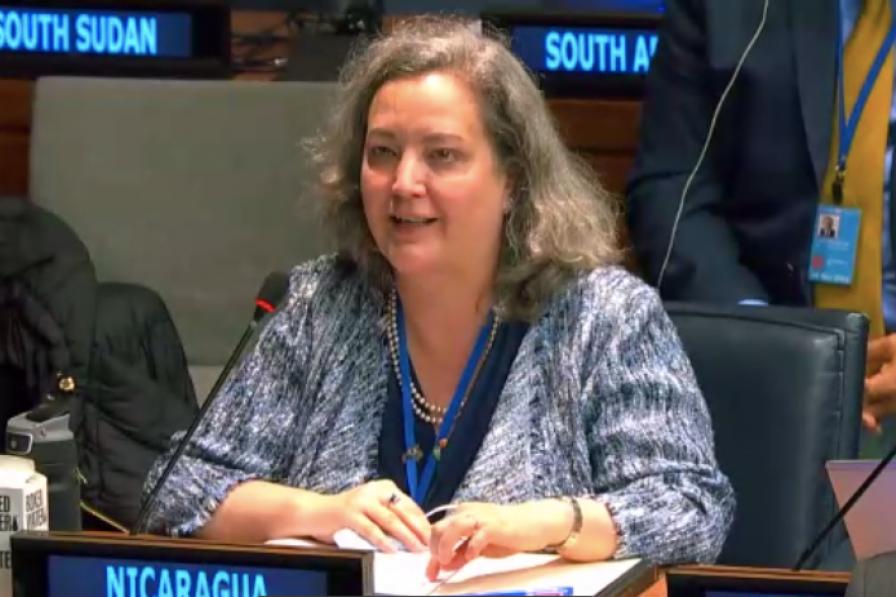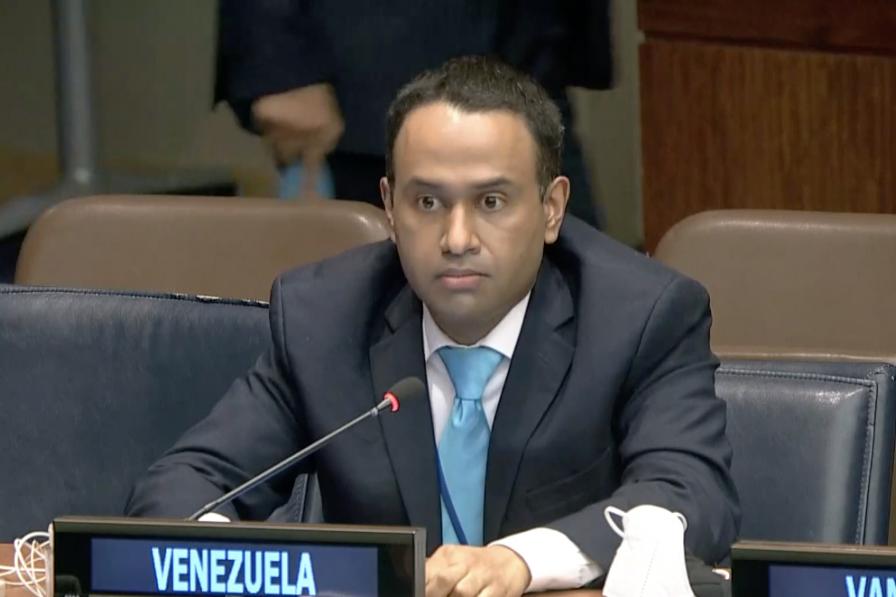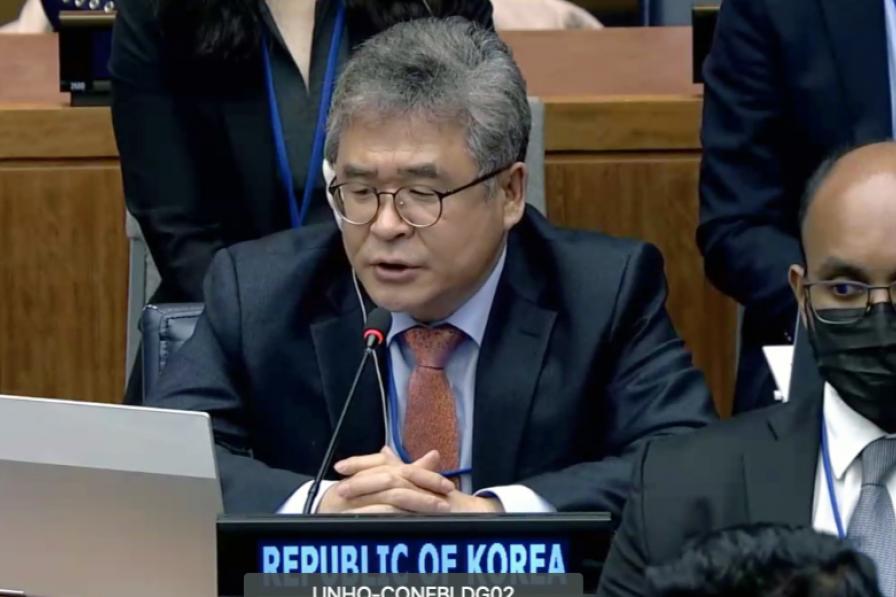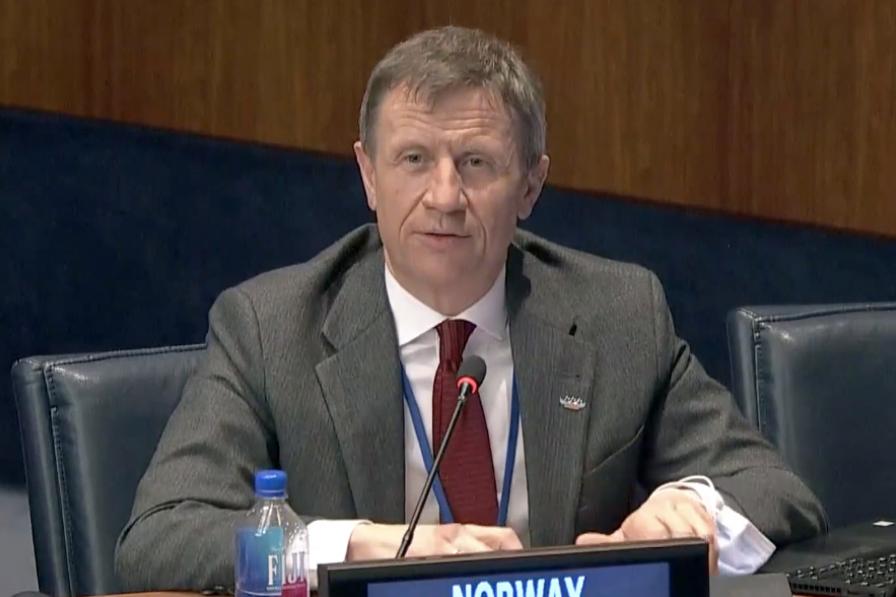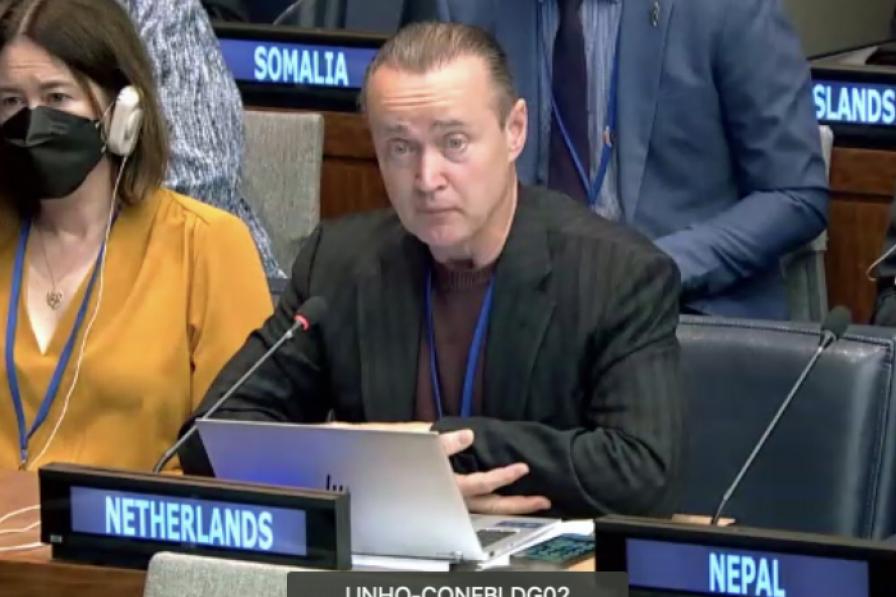The fourth meeting of the intergovernmental conference (IGC-4) on an international legally binding instrument under the United Nations Convention on the Law of the Sea on the conservation and sustainable use of marine biological diversity of areas beyond national jurisdiction (BBNJ) concluded its deliberations on Friday, 18 March 2022. Shifting from the intense negotiations over the last nine days, the focus of the day was the way forward for the process. IGC President Rena Lee reminded delegations that “we need to think practically about what we need to do to bring different components of the agreement together, including by going through an iterative process to find the common threads.”
IGC President Lee outlined next steps, including, inter alia:
- written submissions by states and observers of additional proposals by the end of March 2022;
- circulation of an advanced revised draft text of an agreement, incorporating IGC-4 discussions and submissions by early May 2022; and
- convening IGC-5 in August 2022.
In their responses to IGC President Lee’s proposed way forward, delegates discussed the modalities for IGC-5, with some calling for fully-serviced parallel sessions to ensure all the draft articles are discussed within the ten-day period. Several developing country groups and delegations spoke about the constraints of attending parallel sessions and called for increased support from the trust fund to enable inclusiveness and participation. Many delegations called for intersessional work, noting the importance of both maintaining the momentum of this session and preparing for IGC-5.
During the closing session in open plenary, delegates adopted an amended report of the conference, reflecting that an additional meeting of the conference was required as soon as possible to make progress, and the President had been requested to prepare a revised text with a view to facilitating the prompt finalization of the work of the Conference. IGC President Lee thanked delegations, the Secretariat, and her team for their work to make progress at this meeting, lauding delegates for their flexibility to reach consensus. She drew attention to the work ahead to revise the draft text ahead of IGC-5, noting also the need for delegates to work cooperatively on submissions in order to reach consensus, gaveling the meeting to a close at 6:36 pm.
But much is still needed to be done on all the elements of the 2011 package, as well as cross cutting issues and overarching principles. As delegates left the conference on what was supposed to be their last meeting, they were hopeful. Coming back from an unplanned two-year hiatus due to the COVID-19 pandemic, this meeting had renewed their commitment to their common vision. In their closing remarks, all delegations thanked IGC President Lee for her efforts to bring the conference together in unprecedented times, and her work to include observers. Many expressed hope that IGC-5 will bring to birth the much-awaited treaty to conserve and sustainably use biodiversity of areas beyond national jurisdiction.
On the margins of the negotiating process, CEOs and Leaders in global conservation made a call to world leaders to conclude an ambitious, equitable and robust new High Seas Treaty in 2022. In an open letter to world leaders signed by 19 organization heads, they underlined that the world cannot reach the widely supported goal of protecting at least 30% of the ocean without a strong and future-proof High Seas Treaty that challenges the status quo and lifts the capacity of all states and stakeholders. They urged heads of state and government to seize this once-in-a-generation opportunity to secure the health and resilience of the global ocean, and to maintain the high ambition needed to conserve the largest and most threatened part of the ocean for present and future generations. More.
To receive free coverage of global environmental events delivered to your inbox, subscribe to the ENB Update newsletter.
